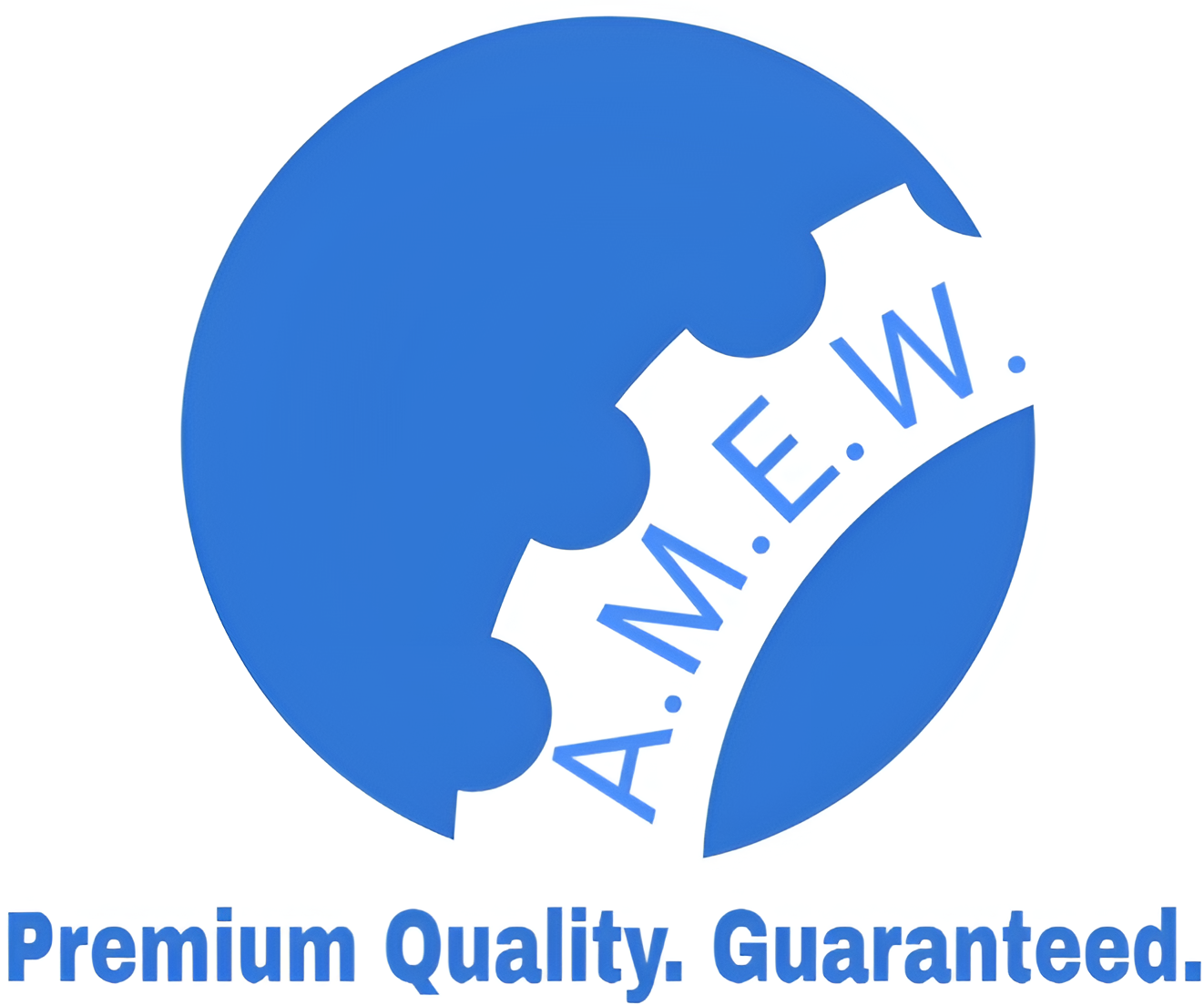Showing 1–16 of 18 results
-

EN 10025 S355j2g3 Structural Steel Pipe
Read more -

EN 10025 Steel Pipe
Read more -

EN 10208-2 L245NB Seamless Pipe
Read more -

EN 10210 S355J2H Carbon Steel Seamless Tube
Read more -

EN 10216-1 Alloy Steel Seamless Tubes
Read more -

EN 10216-2 P235GH TC1 Alloy Steel Seamless Pipe
Read more -

EN 10216-2 P265GH Alloy Steel Seamless Pipe
Read more -

EN 10216-5 1.4301 seamless pipe
Read more -

EN 10217 Welded / ERW Pipe
Read more -

EN 10219 S235 G2H Spiral Welded Piling Pipe
Read more -

EN 10219 S235JRH Steel Welded Pipe
Read more -

EN 10219 S355JOH Carbon Steel Seamless Pipe
Read more -

EN 10219 S355JRH Structural Steel Pipe
Read more -

EN 10253-1 Grade S235 Carbon Steel Seamless Pipes
Read more -

EN 10305-1 Grade E355 Seamless Tubes
Read more -

EN 19 Seamless Pipes
Read more

